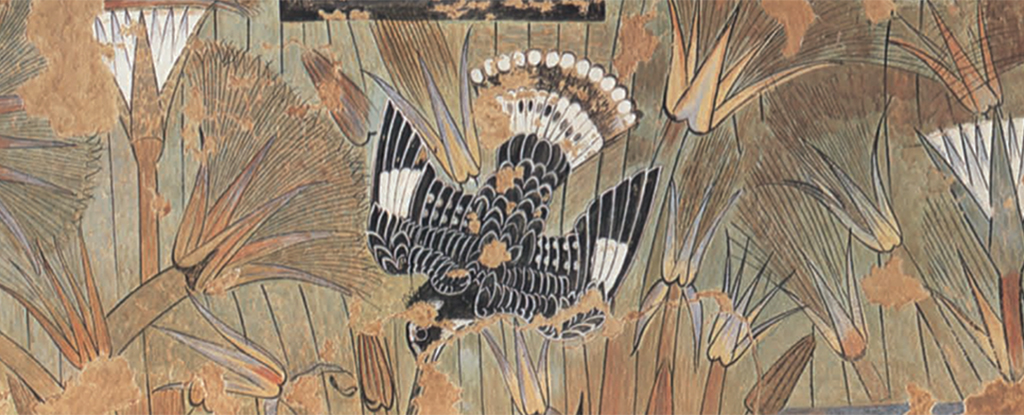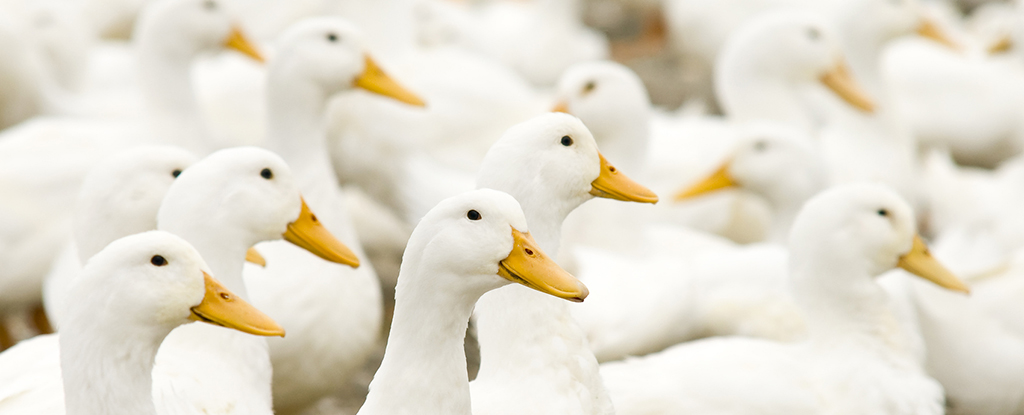Throughout the ages, artists have turned to nature for inspiration. scientists often Use such representations of plants and animals to gain insights into ecosystems as they were in the past.
Of course, this assumes that the artist intends to capture the landscape faithfully. A new analysis of a series of Egyptian paintings from the 14th century BC. Chr. questions whether some artists could have indulged in a little artistic liberty from time to time.
Researchers from the Oxford University Museum of Natural History and the University of Cambridge in the UK argue that the rock doves depicted in the artwork would not have been native to the papyrus swamps depicted in the paintings. These and other curiosities in the paintings underscore the need to view historical artworks critically as records of biology.
The art in question is part of a series discovered in modern times at the Amarna site on the east bank of the Nile minya. Excavations conducted in 1924 revealed a palace with several lavishly decorated rooms containing numerous plaster panels illustrated with stunning details of natural scenes.
“They are now considered masterpieces of ancient Egyptian art,” write the researchers in their published paper. “There are some of the most skillfully rendered and naturalistic images of birds known from Dynastic Egypt in these paintings.”
Here, the team viewed artworks in what is known as the Green Room, a space most likely used for rest and relaxation, if not the occasional socializing and music-making.
Some birds, including pigeons and kingfishers, had already been identified, but researchers were able to expand the catalog of known animals using high-quality copies of the artwork and modern ornithological records. Shrikes and wagtails were among the new birds identified in this analysis.
The study also notes that migratory birds were marked with a triangle, perhaps a clue to ancient birders and suggesting the artwork depicts a specific season. The researchers hope their findings will stimulate further discussion about the technique.
“The art of the Green Room hasn’t received as much attention as one might expect.” says archaeologist Christopher Stimmpson, from the Oxford University Museum of Natural History. “That may have been because the original plasterboard didn’t survive well.”
The researchers argue that the ambiguity of artistic liberty may justify caution in interpretation. It is possible that the birds were attracted to the area by human activity, as is the case in urban areas today. However, there are no actual people in the scene, so it could be that the rock pigeons were introduced to make the painting appear wilder and more untamed.
“Although the Green Room artwork is an example of naturalistic execution, it should not be viewed as a dedicated ornithological treatise.” the authors note.
other research has suggested that the artworks throughout the building, along with the architecture of the structures, represent an attempt to merge the interior and exterior environments and create a connection with nature.
Spiritual elements in the paintings also cannot be ruled out considering how closely related birds were culture and religion in ancient Egypt. Above all, the artwork appears to have been designed to promote peace and tranquility.
“In the Green Room, the atmosphere was probably enhanced by the visions of nature,” says Stimson. “The calming effect of nature was as important then as it is now more than ever.”
The research was published in antiquity.





